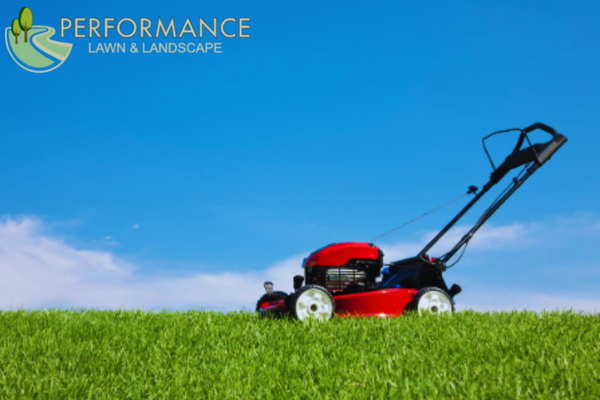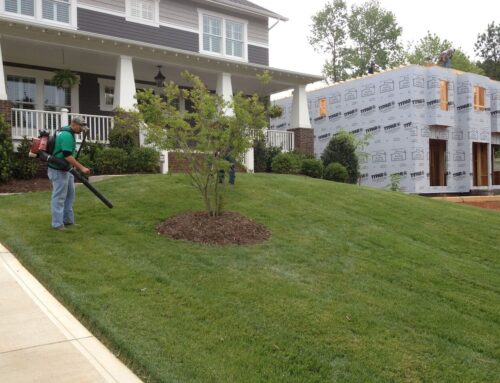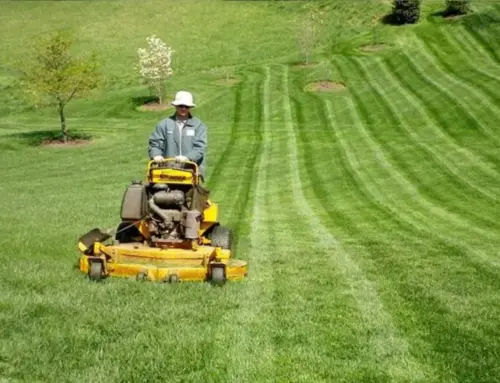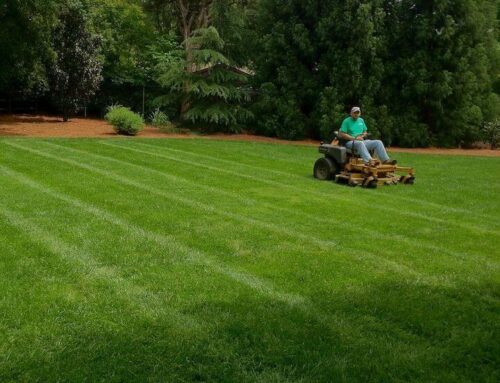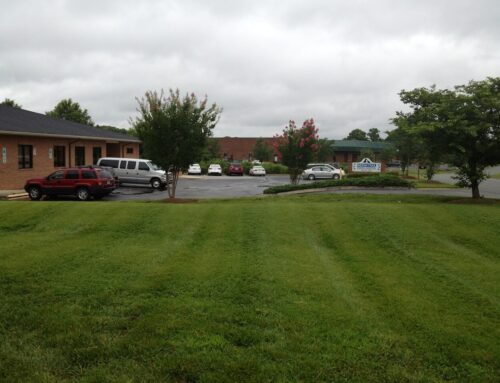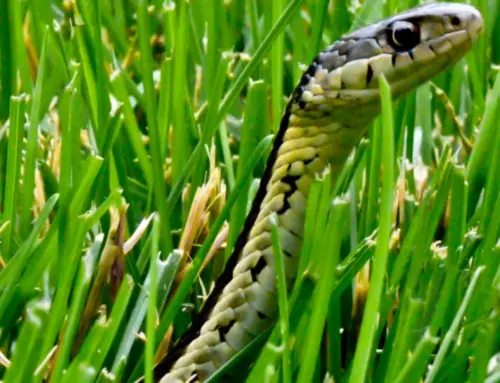It’s possible that most homeowners in Charlotte, NC, are unaware of this, yet one of the most frequent causes of lawn issues is poor mowing in Charlotte, NC.
Fortunately, it’s a simple issue to resolve. It’s more straightforward than attempting to identify a disease, control pests, or treat mold or weed problems. Performance Lawn & Landscape has compiled some simple lawn mowing advice to keep your grass healthy and looking its best.
Don’t Mow Too Often
Most of the grasses in Charlotte, NC are cool-season grasses, including fescue, ryegrass, and even some bluegrass. With these kinds of grasses, most of the growing takes place in the spring and fall and depending on the weather; it may be optional as regularly in the summer.
Although there isn’t a fixed period of time between mowing these kinds of grasses, you should do it frequently enough that you don’t need to remove more than a third of the grass’ height to keep it at the right length. On the other hand, doing it more often than necessary can cause the grass to become weak, leading to dead patches and an unhealthy look.
Mowing too frequently encourages weeds as they are not cut down before they can set their seed. So, if you cannot keep up with the mowing schedule, let your lawn grow a bit longer and then reduce it back to the correct length when you have enough time. This will help avoid problems in your lawn.
Finally, remember that mowing wet grass is never a good idea as this can damage both the blades of your mower and the grass itself.
Don’t Mow Too Low
The most common error in lawn maintenance committed by homeowners is “scalping,” or cutting grass shorter than the recommended 13 of its height. But, of course, they do that with the intention of mowing less frequently.
In reality, it makes your grass more vulnerable to weeds and less able to survive a drought or other natural disaster. This is because the proportion of a grass’s root system’s size to its blade length is balanced. Plants are at their healthiest and most capable of withstanding stress when the roots and grass blades are in equilibrium.
Because hormones that inhibit horizontal development are present at the tip of each blade, mowing aids in thickening your grass. Removing these tips when you mow the lawn allows the grass to spread and become thicker and close to the roots.
When your lawn is scalped, however, the root-to-blade ratio becomes disproportionate. As a result, the grass’s ability to protect itself from weeds and natural disasters is impaired. Scalping can also encourage disease development and create a dull appearance that lacks vibrancy and color.
To prevent scalping, use the one-third rule: Never cut more than one-third of the blade at any given time for optimal health results. In other words, if your grass is three inches tall, never mow shorter than two inches until it has regained its usual height.
Keeping this in mind will help you maintain a healthier lawn without having to resort to excessive watering or heavy fertilizer application.
Don’t Cut Wet Grass
Avoid cutting moist, wet grass. Since the blades have a tendency to cling together, the cut is highly uneven. The trimmings may jam the mower and mat on the grass, obstructing sunlight. The grass that the wheels have matted down will be uncut by your mower’s blades, and when that grass eventually emerges, it will make your lawn appear uneven.
Mowing wet grass can also spread any minor fungus patches and lead to disease outbreaks. In addition, damp grass is slick, making mowing more hazardous, especially if your yard has any inclines. It can also increase the risk of scalping, as wet grass is harder to see and follow.
For these reasons, mow your lawn when it’s dry only. Try to avoid cutting your grass if rain or dew is in the forecast for that day. If you must mow on a rainy day, wait until later in the morning when the sun has been out for a while and any early morning condensation on the blades has evaporated.
Mulching Your Clippings
If you want to avoid adding extra work by having to rake up clippings after each mowing session, mulch them instead! Mulching means chopping grass clippings into very small pieces that quickly decompose into the soil. This helps to return essential nutrients to your lawn, which can help improve its health and appearance over time.
To mulch clippings properly, use a mower with a blade designed for mulching instead of one meant for bagging clippings. When you cut grass with a mulching blade, it is chopped up into tiny pieces that are then deposited back into the turf.
These small pieces combine with other organic matter in the soil, eventually breaking down and returning vital nutrients to the grass’s root zone.
Don’t Rush Mowing
Mowing should not be a race. Take your time to ensure you’re doing an even job and not scalping or leaving any uncut grass on the lawn.
Move at a steady pace, and if you notice unevenness or clumps of matted vegetation, take the extra time to recut those spots with overlapping passes. This will help ensure that your lawn looks excellent every single time.
Don’t Mow the Same Way Every Time – Alternate the Pattern
To prevent soil compaction, alternate the pattern of your mowing each time. This can be done by creating a criss-cross mowing pattern, going around the perimeter, and then working your way in circles toward the center.
Not only does this help reduce soil compaction and promote new root growth for a healthier lawn, but it also helps avoid creating ruts or depressions from continually cutting in the same direction.
Don’t Mow with Dull Mower Blades
When mower blades become dull or damaged, they are not able to cut the grass cleanly. Instead, they can tear and shred the grass blades, leaving them vulnerable to disease.
To keep your lawn looking its best, it’s important to sharpen and replace your mower blades regularly – at least twice a year. In addition, it would be best to inspect your mower blade for nicks or dings that might be causing it to tear the grass instead of cutting it evenly.
Following these tips for proper mowing techniques, homeowners can easily keep their lawns looking pristine year-round without resorting to scalping or over fertilizing. Instead, regularly taking care of your grass will help ensure it stays lush and healthy for years to come.
At Performance Lawn & Landscape, we know how important it is to maintain your lawn properly. If you need help with mowing or any other type of lawn care, contact us today!
We’d be happy to provide you with expert advice and services to ensure your grass stays beautiful.

